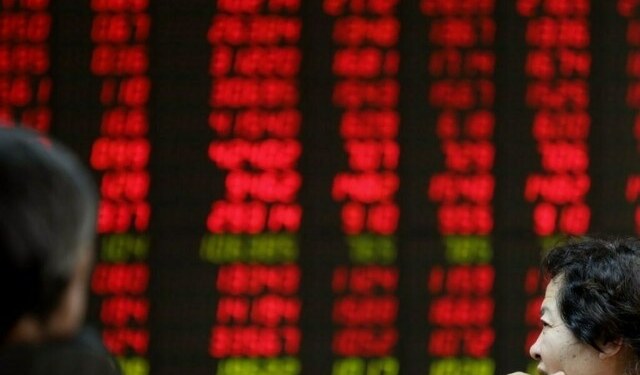By Henning Gloystein
SINGAPORE (Reuters) – Oil prices fell early on Wednesday as production from the major Middle East exporters was expected to remain high or even increase just as concerns over the state of China’s economy weighed on its fuel demand outlook.
International benchmark Brent crude oil futures (LCOc1) were trading at $ 49.59 per barrel at 0041 GMT, down 30 cents, or 0.6 percent, from their last settlement.
U.S. West Texas Intermediate crude futures (CLc1) were down 23 cents, or 0.47 percent, at $ 48.87 a barrel.
Traders said that the dips were a result of the prospect of rising output from Middle East members of the Organization of the Petroleum Exporting Countries (OPEC), which meets this week in Vienna to discuss its market policy, which most analysts say will continue to focus on defending market share instead of propping up prices by controlling output.
“Many OPEC members … have plans to grow, so cutting supply now may interfere with those objectives,” Morgan Stanley said in a note to clients.
Many Middle East oil producers, including top exporter Saudi Arabia but also Iraq, Iran and the United Arab Emirates have ramped up their supplies to Asia in an aggressive fight for market share.
But on the demand side, Morgan Stanley said that it was worried about China’s economic health.
“Our economists worry that April data showed China may be slowing … The oil demand data from China should reinforce those concerns,” the U.S. bank said.
British bank Barclays said that there were also signs of “investor fatigue” in oil markets following months of heavy inflows.
A Reuters poll this week showed that most oil investors expect only limited potential for further price gains this year as production continues to outpace demand.
Despite this, oil prices have risen over 20 percent, or almost $ 10 dollar per barrel, since early April, largely because of supply disruptions across the globe, and especially in Africa and Canada, and as overall demand remains strong despite China’s slowing economy.
In the United States, the world’s top oil consumer, demand increased by 2 percent in March, compared to the same month last year, to 19.6 million barrels per day (bpd), the highest seasonal level since 2008, according to Barclays.
(Reporting by Henning Gloystein; Editing by Joseph Radford)


























